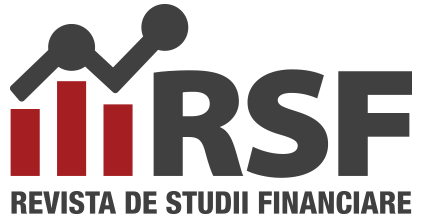Author: Mihai Ovidiu Vădean
Vol. 6 • No. 11 • November 2021
Abstract
Fraud is a dynamic phenomenon: when the industry discovers a „scam” – a specific pattern of fraud – and sets up barriers to prevent it from recurring, another scam takes place – a new pattern is developed by fraudsters. The motivations for committing fraud vary: from opportunists who submit a fraudulent request as a way to recover their insurance premium, probably encouraged by a change in public attitudes towards crime without victims to criminal networks that use fraud as a regular source of revenue generation. The legal, organizational and commercial constraints under which the insurance industry operates often have a negative impact on existing fraud prevention, detection and investigation practices. Initially, the fight against insurance fraud focused on identifying the characteristics of fraudulent claims and fraudulent claimants – the empirical phase / traditional approach and the role that insurance company employees played in this phase was a major one. Then, given the wave of interest in the insurance industry, emphasis was placed on the use of approaches such as: a) cognitive interviewing and vocal stress analysis that were used in forensic investigation, as well; b) data extraction techniques, specially developed for fraud detection. Are just these effective? The material will try to analyze the vulnerabilities and contributions, both internal and external, that are introduced by the policies, procedures and controls implemented by the insurer within the organization.
Keywords: Fraud, claim, handler, surveyor, claim file, process, database, feedback, vulnerability.
JEL Classification: G220.
DOI: 10.55654/JFS.2021.6.11.13
